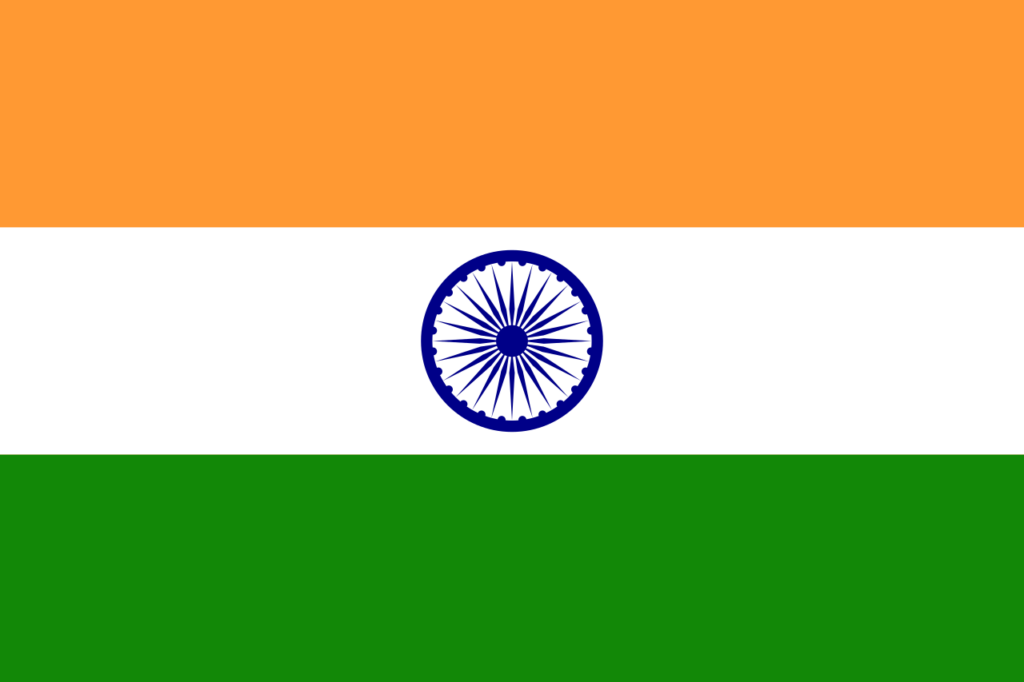Ashoka Chakra is an ancient Indian symbol that is widely recognized as the national emblem of India. The chakra, which consists of 24 spokes arranged in a circular pattern, appears on the national flag of India and on many other symbols of Indian national identity. The symbol has its roots in the reign of the Mauryan emperor Ashoka the Great (268-232 BCE), who ruled over much of the Indian subcontinent in the third century BCE.
Historical Context of Ashoka Chakra
Ashoka was one of the greatest rulers of ancient India, known for his military conquests, his administration of a vast empire, and his policies of non-violence and religious tolerance. After the bloody Kalinga War, Ashoka underwent a spiritual awakening and converted to Buddhism. He then began to propagate the teachings of Buddhism throughout his empire, erecting pillars and rock edicts that carried his messages of peace and non-violence to the people of India.
One of these pillars, known as the Ashoka Pillar, still stands at the site of Sarnath, near the city of Varanasi in modern-day Uttar Pradesh, India. The Ashoka Pillar is considered one of the most important monuments of ancient India, and it bears an inscription that reads: “King Piyadasi (Ashoka) dear to the gods, honours all sects, the ascetics (hermits) and those who are devoted to one god or another, as well as the Brahmans and the ascetics (hermits). But King Piyadasi desires that all should be well-learned in the good doctrines of other sects.”
Symbolism of the Ashoka Chakra
The 24 spokes of the Ashoka Chakra symbolize the 24 hours of a day and represent the idea that the emperor was awake and vigilant at all times, always ready to serve his people. The spokes are arranged in a circular pattern, symbolizing the idea of progress and the continuity of life, as the chakra has no beginning or end.
The 24 spokes also have a deeper meaning, as they symbolize the 24 qualities of a ruler according to ancient Indian political philosophy. These qualities include wisdom, moral rectitude, courage, compassion, and fairness, among others. The chakra thus represents the ideal of a just ruler who is always awake, vigilant, and ready to serve the needs of the people, guided by the principles of dharma (righteousness) and satya (truth).
In Buddhism, the 24 spokes of the chakra have been interpreted as representing the 24 paths to enlightenment, reminding Buddhists of the importance of following the teachings of the Buddha in order to attain ultimate liberation from suffering. The chakra is thus seen as a symbol of the Buddhist Wheel of Dharma, which represents the path to enlightenment and the teachings of the Buddha.
Significance of Ashoka Chakra in Modern India
Ashoka Chakra continues to be an important symbol in modern India, representing the country’s cultural heritage, religious tolerance, and commitment to non-violence. The chakra is an enduring symbol of India’s independence and sovereignty, appearing on the national flag of India as well as on various other national symbols, such as the Indian rupee currency and passports.

The Ashoka Pillar at Sarnath is now a protected monument and a popular tourist destination, attracting thousands of visitors each year who come to pay homage to the emperor and his legacy. The chakra is also widely used in India as a symbol of peace and justice, appearing on banners, posters, and logos for various organizations working for social and political causes.
Conclusion
In conclusion, Ashoka Chakra is an important symbol in Indian culture, representing the emperor’s commitment to non-violence, religious tolerance, and the rule of law. The chakra continues to be a powerful and enduring symbol in modern India, representing the country’s cultural heritage, political independence, and commitment to social justice. Whether as an emblem on the national flag or as a symbol of peace and justice, Ashoka Chakra continues to play an important role in shaping the identity of India and its people
Bibliography
- “The Edicts of King Ashoka: Text and Translation.” edited by John S. Strong, University of California Press, Berkeley, CA, 1983.
- “King Ashoka and Buddhism: Historical and Literary Studies.” by P.V. Bapat, Motilal Banarsidass Publishers, Delhi, India, 1996.
- “The Ashoka Pillar at Sarnath.” by R.C. Agrawal and A.K. Narain, The Indian Historical Quarterly, Vol. 19, No. 4 (Dec., 1943), pp. 583-586.



 For all latest articles, follow on Google News
For all latest articles, follow on Google News